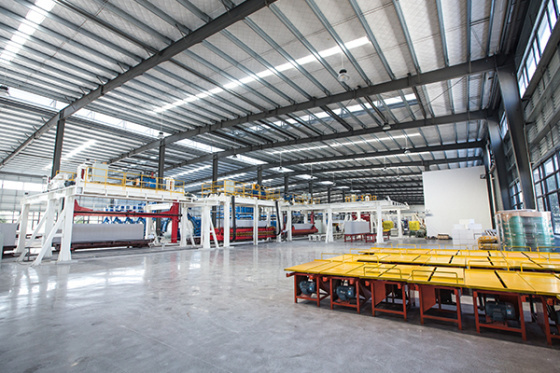What is the working principle of a refrigeration dehumidifier
The frozen dehumidifier is also a dehumidifier that we often use in daily life. The reason why it is called a frozen dehumidifier is because it has a great relationship with its working principle. When it works, it reduces the content of water vapor in the air through the process of liquefaction of water vapor in the air. Therefore, it is professionally called a frozen dehumidifier. During the plum rain season, dehumidifiers are very necessary to avoid physical discomfort caused by excessive humidity. Its working principle is relatively simple, and the following is a related introduction.
Working principle of refrigeration dehumidifier
The external circulation of a refrigeration dehumidifier is divided into three processes. The first process is to suck the normal temperature humid air in the space into the machine through a fan, and the second process is to liquefy the water vapor in the normal temperature humid air that is sucked in through an evaporator (cooling copper tubes and fins) into water droplets, which are then discharged through a hose. The third process is for the dry air cooled by the evaporator to pass through the condenser (high-temperature copper tubes and fins) to rise to normal temperature and be discharged through the air outlet. This cycle repeats, and the air becomes dehumidified. The entire process also follows the law of conservation of energy, and the air also undergoes a cycle of normal temperature, low temperature, and normal temperature, which is also a process of energy conversion.
working process
The refrigeration dehumidifier is mainly composed of an evaporator, a condenser, a compressor, an expansion valve, a fan, and a housing. During normal operation, the evaporator can absorb heat from the external environment. According to the principle of energy conservation, its condenser also releases heat to the external environment. Under the action of a fan, wet air will be sucked in from its left air inlet and undergo heat exchange through the evaporator, resulting in a decrease in ambient temperature; When the wet air reaches its dew point temperature, moisture will be separated out due to the condensation phenomenon, and the absolute moisture content in the wet air will also decrease. When it passes through the condenser again, heat exchange will occur to increase the temperature, thereby playing a role in heat preservation and dehumidification.
Internal and external circulation of refrigeration dehumidifier
There are three processes in total. The first process is to suck the normal temperature humid air in the space into the machine through a fan. The second process is to liquefy the water vapor in the normal temperature humid air through the evaporator (cooling copper tubes and fins) into water droplets, and then discharge it through a hose. The third process is to cool the dry air after being cooled by the evaporator, and then heat it up through the condenser (high-temperature copper tubes and fins) to normal temperature, and discharge it through the air outlet, This cycle of reciprocation lowers the humidity of the air. The entire process also follows the law of conservation of energy, and the air also undergoes a cycle of normal temperature, low temperature, and normal temperature, which is also a process of energy conversion.
The working principle of dehumidifiers is relatively simple, and the process of dehumidification is achieved through internal and external circulation. The most common cause of human exposure to humid environments for a long time is respiratory tract disease. Therefore, it is necessary to use dehumidifiers to effectively control the water vapor content in the air and achieve the goal of drying the indoor environment, especially in basements or humid rooms, To avoid causing significant harm to physical health or interior decoration.




